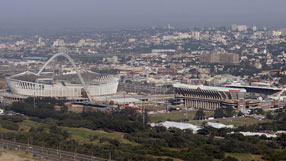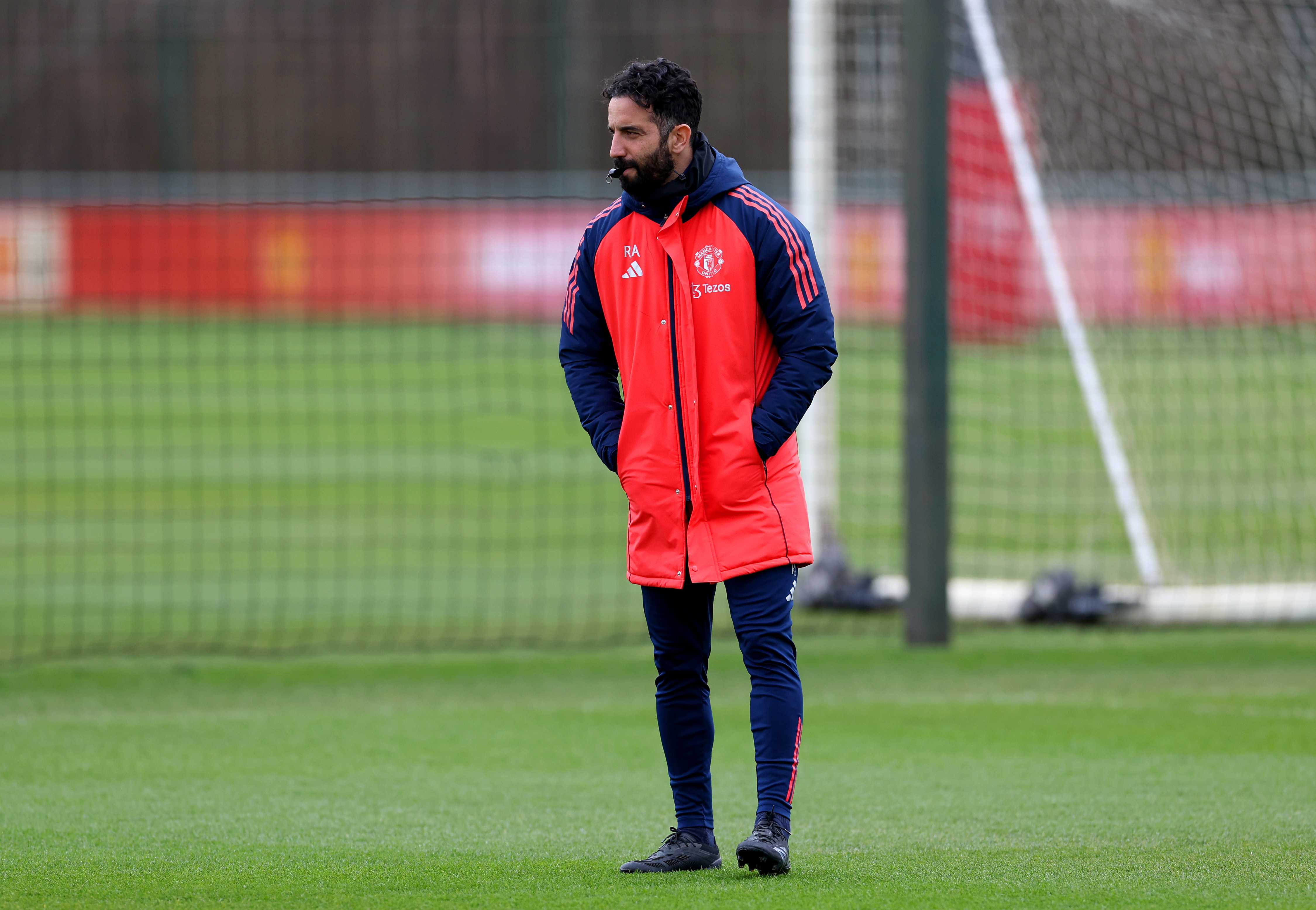Durban ambition exceeds World Cup
DURBAN, South Africa - Durban's stadium will be one of the most dazzling in the 2010 World Cup but the brash port's ambition soars even higher, like the spectacular arch spanning the arena with a view across the Indian Ocean.

Intensely competitive with the more famous tourist mecca of Cape Town along the coast, Durban is pulling out all the stops to ensure nobody forgets it when the World Cup is over.
Grimier but also more African than sophisticated, Europeanised Cape Town, Durban - which will host seven matches including a semi-final - markets itself on its miles of sandy beaches and the year-round warm weather that makes it a winter playground for South Africans.
City officials aim to turn Durban into Africa's capital for sports, entertainment and other events and make no secret of their ultimate target - to host the Olympics.
A brochure prepared by Durban for the World Cup loses no time in pointing out that the stadium will have capacity for 70,000 people during the football festival but can be expanded to 85,000 for events like the Olympics or Commonwealth Games.
Julie-May Ellingson, the city official heading the 2010 project, said that although a decision whether to bid for the Olympics must be made by South Africa's president, Durban had its eye on the 2020 or 2024 events.
"There is this perception that the world ends after 2010. In Durban we have never ever seen that. Going right back to 2004 we spoke of 2010 and beyond," she told Reuters.
"It is not about what FIFA wants. FIFA will come and go. It's about what is important for the citizens of Durban."
Get FourFourTwo Newsletter
The best features, fun and footballing quizzes, straight to your inbox every week.
The city has already won a contest to host the 2011 congress of the International Olympic Committee, the first to be held in Africa and a golden opportunity to court top officials.
MODERNISED FACILITIES
To match its ambition, Durban is doing much more than building a stadium for the World Cup.
Sports facilities will be modernised and centralised in the expansive Kings Park precinct where both the new Moses Mabhida and existing rugby stadiums are situated.
"In the next few years, Durban will become one of the few cities in Africa where most of the main Olympic sporting codes can be played in a centrally-located, international-standard destination," a city handout says.
Plans include a retail mall and restaurants in the stadium, a walkway linking it to the adjacent beach, a "People's Park", training pitches, a walking and running track, and space for fans to enjoy barbecues and concerts before and after matches - an idea taken from the neighbouring Absa stadium.
But it is the new stadium itself that steals the eye. A gleaming white edifice topped by a Teflon-coated roof resembling sails, with the arch rising overhead to dominate the city.
The 350-metre (1,150 foot) long arch is shaped like the Y on South Africa's flag, symbolising the unity of a long-divided nation.
To access the view a "sky car" will run up the single northern span to the 106 metre (348 foot) summit, while intrepid visitors can climb 550 steep steps up one southern arm and down the other in an "adventure walk" like Sydney's harbour bridge.
For the even more adventurous
